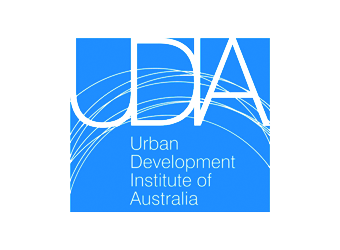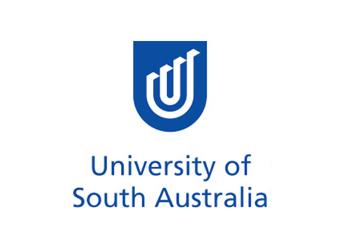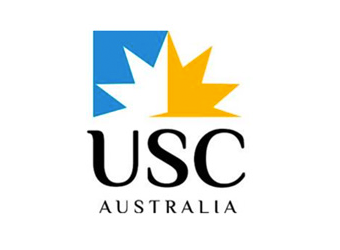We are used to considering the pollution that comes out of our car exhaust – however, the impacts of tyre wear and the breakdown of vehicle braking components is often overlooked.
Cars travelling at high speeds, accelerating, or braking suddenly all emit tell-tale indicators of tyre loss, such as smoke and screeching tyres. However, for most of our daily driving, our tyre emissions are not as conspicuous.
As our tyres grip the road they constantly shear, leaving behind a microscopic trail on our roadways. Once in the environment, tyre wear particles (TWP) disperse over large distances and are carried by stormwater into our riverways and oceans – with the potential for disastrous environmental impacts.
Over 20 million motor vehicles are registered in Australia and this number is growing. Harmful particulates from tyres and brakes are being held under the microscope, and research shows that an average tyre sheds an estimated 1 to 4 kilograms of fragmented particles over a 30,000km life.
This equates to a staggering 4 to 16 kilograms for every set of tyres fitted to our vehicles.Tyre and road wear particles are a growing area of research, and unlike exhaust emissions, these particulates escape regulation by our modern environmental policies.
Manmade Rubber: Modern Car Types
Tyres have gone through design iterations throughout our history, from leather, stone and wood to the natural rubber designs that dominated until the early 1900s. With the discovery of synthetic rubber in 1909, it didn’t take long to incorporate these substances into the running gear of our cars.
In the tyres of modern passenger vehicles, natural rubber has taken a backseat to higher ratios of synthetic rubber. Locally, VicRoads reported the average composition of our passenger car tyres as 16% natural polymer and 29% synthetic polymer. However, truck tyres still use a higher ratio of natural rubber (29% and 13% respectively).
The fragments of tyre pollution that escape into the environment are largely ‘microplastics’. These join a growing number of these substances in our environment, including polyester fibres, microbeads and plastic pellets.
Many of these come from manufacturing, consumer products, and packaging. Microplastics have been found across the planet – from deep oceans to polar ice caps.
The breakdown of the other parts of our tyres, which are a mix of steel, fillers and curing agents, also creates a cocktail of toxic compounds.
Elevated levels of zinc and dangerous organic compounds have been found in areas with high amounts of TWP, but more research is needed to quantify this danger.
Putting the Brakes On TWP (Tyre Wear Pollution)
Tyre wear pollution creates dust that travels far and wide. Ten percent of this particulate is carried through our air, while the other ninety percent falls close to roads and is then carried by stormwater to our riverways and oceans.
Our ecological systems are exposed to these pollutants, with the most common risks being ingestion and contamination. Particularly in aquatic environments, animals may ingest microplastic or encounter toxic compounds – for example, small fish. These are passed on to the larger predators that eat them in a process called bioaccumulation, which moves all the way up our food chains.
By improving the stormwater treatment of roadway runoff, particularly around developments with high vehicle loads, we can begin to filter tyre wear sediment and collect it before it has a chance to enter our natural environment.Many stormwater devices have high pollution removal and sediment capture – including vortex separators (Vortceptor), oil & water separators (Puraceptor), stormwater basins (SPELBasin), and floating wetlands.
Research into low environmental impact tyre compositions can help reduce TWP. New tyre designs can incorporate sustainable options that improve wear resistance and durability.
Personally, we can minimize the production of tyre wear pollution by using our cars sustainably, carrying lighter vehicle loads, and ensuring the maintenance and replacement of our car tyres before they fragment excessively.
Local councils and governments can also ensure that our roads are kept in good condition, which helps to minimize the road wear our tyres take on our motorways. They say the ‘road to success is always under construction’ and we all need to take steps to minimize TWP, raise awareness, and protect our environment.

















